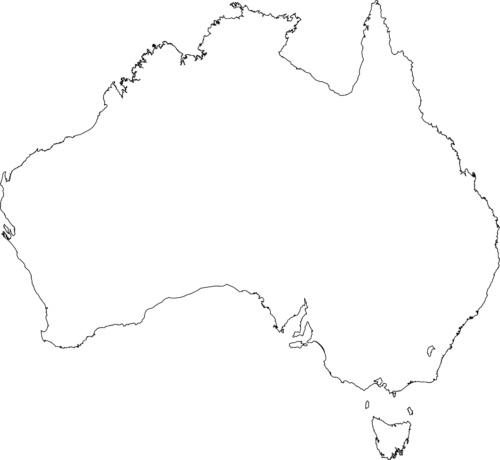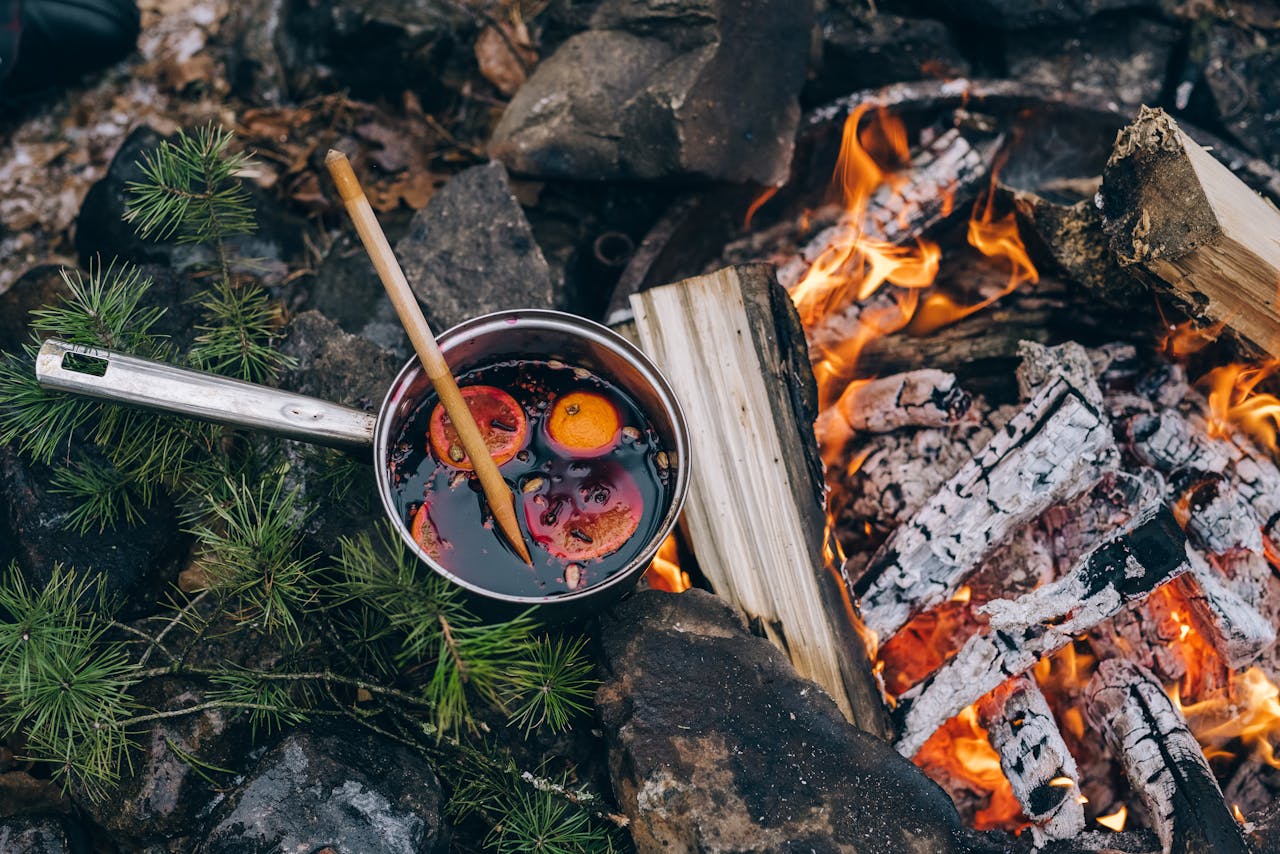Beginner’s Guide to Campfire Cooking
For many of us, one of the greatest delights of camping is lighting that fire and enjoying evenings and nights watching flames and coals burn on. There’s something special and beautiful about this fierce element, and whenever we re-connect, it feels as if it has a greater role in us than we realise.
But perhaps the greatest of all joys comes from utilising flame, coals and heat to create dishes which always seem to taste better than from any gas or electric stove.
Utilising your campfire to prepare meals is very simple, and beginners will find it straight-forward and rewarding, you don’t even need any utensils! Here are 6 tips which will help you make this a satisfying and entertaining part of your camping ritual.
- Use Coals, Not Flame
One of the biggest mistakes beginners make is using flames to cook, instead of coals. Anyone who has roasted a marshmallow knows that flames will charr the outside, while keeping the inside dense and uncooked. While this is ok for a lump of gooey sugar, it is undesirable and even dangerous when cooking raw meats. Coals provide more even and moderate heat which won’t burn your ingredients like fire will.
- Keep It Simple
Half the fun campfire cooking brings is being in the outdoors and doing things differently. You’re away from work, from stress, from traffic – enjoy the moment! Why not ditch that frying pan and use sticks as skewers for vegetables? The same principle applies for roasting sausages, steaks or fish. Wedges of tomatoes or slices of cucumber are fine replacements for salad, and can be eaten as a finger food.
- The Humble Potato
When in doubt, pack a few spuds and you will never go hungry when cooking by campfire, you don’t even have to pack aluminium foil! I have found the tastiest potatoes are those thrown directly into the coals, then left for half an hour or until you can pierce them without resistance. To retrieve them, a pair of long handled tongs works great, but so does any stick long enough to keep away from the heat. These potatoes are fluffy and packed with flavour, however a bit of salt, pepper or even butter goes a long way.
- Just Like Your Stove At Home
Once you have burned enough timber to create a good heap of coals, you can use them just as you would your stove at home. While cast-iron cookware is preferred by all serious campers both for their heat retention and durability, almost any pot or frying-pan can be used on coals, just be sure to avoid those with handles which can burn or melt.
- Clean-Up
Although we are all guilty of this, the best policy is to clean-up after eating, instead of delaying. Waking up to a beautiful day of camping means waking up to a clean campsite.
- Play It Safe
Always make sure you visit local government sites on weather information, it’s a fast and simple way to make sure there are no fire bans in place. There are also useful free apps like this one.
Make sure you keep a source of water close by to extinguish the fire if need be, and keep the wood pile at least two metres away from the fire.
If you must wear open shoes or decide to go bare-foot, take great care, especially at night, when hot – but not glowing coals – can find their way out of the fire pit and onto the surrounding area.
Always extinguish a fire before going to sleep, and especially when leaving the campsite, so that the area is safe for others.
If you’re unsure about the best way to get a fire started, follow this link for a great article on starting a fire every time.

